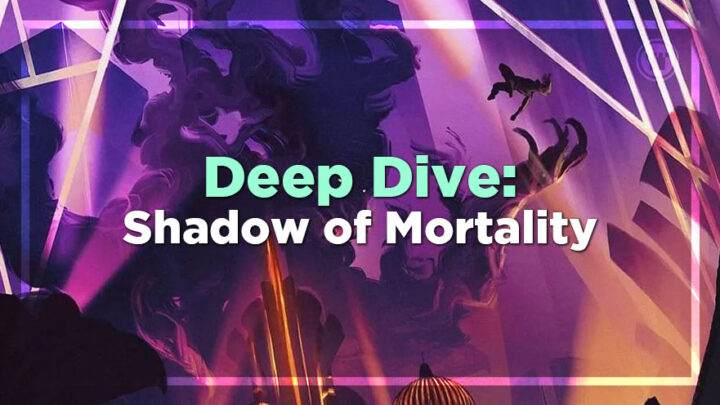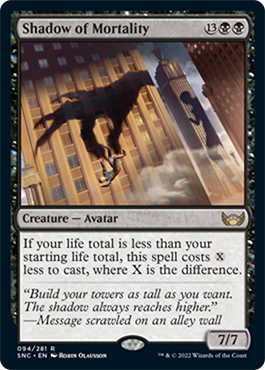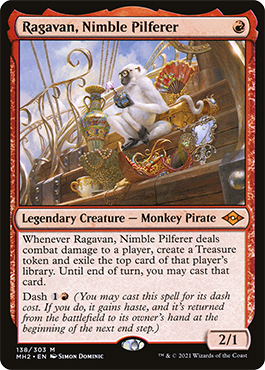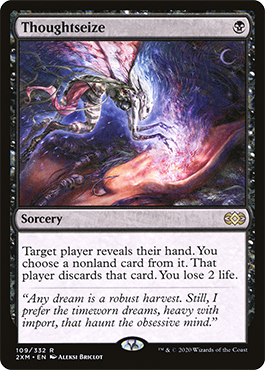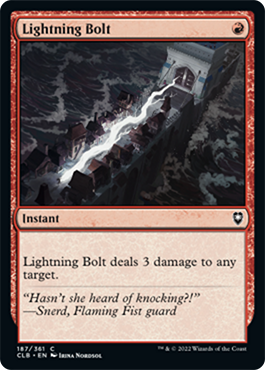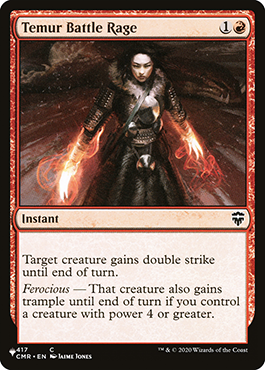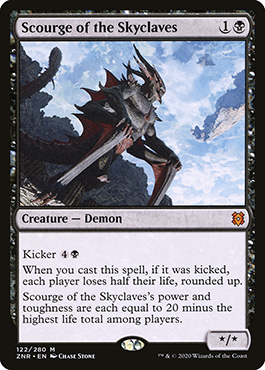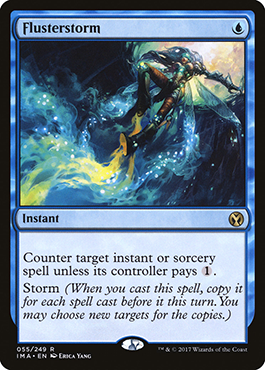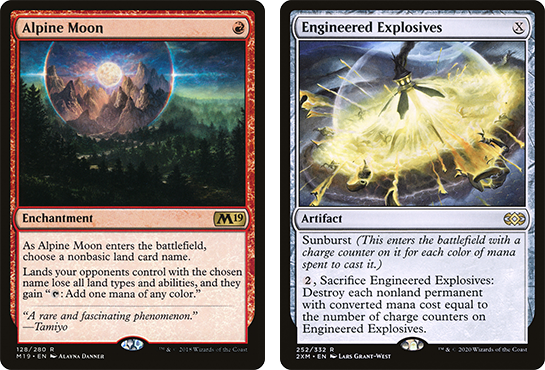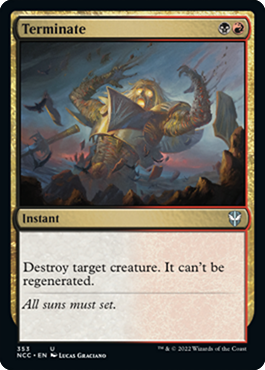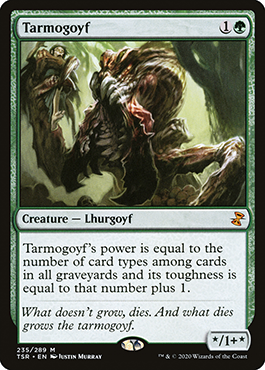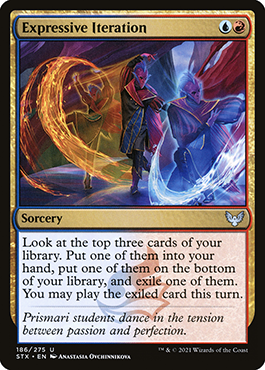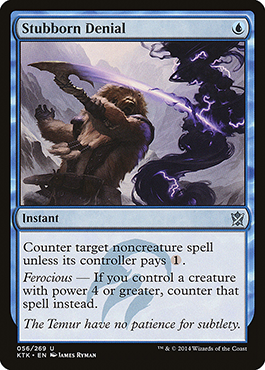Shadow of Mortality is coming in Streets of New Capenna, and Michael looks at different Modern decks it could find a home in.
Shadow of Mortality is perhaps the card that I’m most excited for in Streets of New Capenna. Shadow of Mortality is a clear homage to Death’s Shadow, one of my favorite cards of all time. The first thing I wanted to do when I saw Shadow of Mortality was to see if I could make it work side by side with Death’s Shadow! While it is true that Shadow of Mortality takes a little more to set up than Death’s Shadow, they both pay you off for playing the same style of game. I don’t think that Shadow of Mortality slots cleanly into existing Death’s Shadow decks, but I believe there are shells that exist to make it work.
Core
These 28 cards make up what I believe the core of Death’s Shadow decks built to support Shadow of Mortality. Previously Street Wraith and Dismember just weren’t worth it because they only played well with Death’s Shadow. It was common to deal a bunch of damage to yourself and just not find a Death’s Shadow to be able to turn the corner before dying. Shadow of Mortality gives this core a second threat to fill that role making Street Wraith and Dismember more appealing options.
Ragavan is simply just too good not to play in an aggressive red deck. Treasure tokens go a long way when the average mana cost is as low as it is in Death’s Shadow, enabling early double and triple spell turns. This kind of up tempo game plan is exactly what Death’s Shadow decks need to do in order to convert the precarious situation they put themselves in into a win. Ragavan generating some bonus card advantage along the way is also greatly appreciated.
Thoughtseize has been a Death’s Shadow staple since the inception of the deck. Disrupting your opponent, protecting your threats, and losing life to turn on both Shadows, Thoughtseize really is the perfect card for this style of deck, and I’d always play four.
Lightning Bolt has been notably absent from Death’s Shadow decks for some time, but I think it’s about time for it to come back. Shadow of Mortality means that these decks are going to want to be more aggressive with their life total, but that also means they need to be more aggressive with their opponent’s life total as well. Lightning Bolt can fill the need of removal spell, reach to finish a game, or as a pump spell by targeting yourself!
Lastly we welcome back an old friend, Temur Battle Rage! Once we acknowledge that Shadow decks need to be more aggressive, Temur Battle Rage will end the game in a hurry. Pushing damage through blockers, or just evaporating your opponent, Temur Battle Rage plays perfectly with the singular large threats that Shadow decks present.
Now that we have a core, what do we fill it out with? I have a few different ideas, so let’s get to it!
“Rakdos”
Rakdos is likely the most aggressive version of the bunch. Looking to get on the board early, familiar faces Ragavan and Dragon’s Rage Channeler are going to put the opponent on their back foot early. The dynamic duo of red one drops has found success in current versions of Grixis Shadow, and will slot in nicely to this more aggressive shell.
Scourge of the Skyclaves is a name I haven’t seen in quite some time. Solitude is something of a concern, but far from unbeatable; however Shadow decks incorporating Dress Down to beat Solitude means that you’d kill your own Scourge. However, in a build without Dress Down, but instead playing Temur Battle Rage, Scourge can get back to doing what it does best, killing opponents from 15 life.
Rakdos more or less lacks counterspells, unlike its Grixis counterpart, which means that some Inquisition of Kozilek are on the menu to help protect the threats.
Mishra’s Bauble rounds things out to help out with the delirium requirements of Dragon’s Rage Channeler, and Unholy Heat. Plus, having four copies of Mishra’s Bauble, makes playing 17 lands not totally insane.
As for the sideboard, there is a slight blue splash for Flusterstorm. Rakdos wants to play more than four shock lands as is, so adding a Watery Grave for the sideboard Flusterstorms comes at a low cost. Rakdos usually struggles against spell heavy decks as most of its disruption is focused toward creature removal, but splashing Flusterstorm is a relatively clean solution to the Cascade matchups, and to gain a bit of ground against Burn and Azorius Control.
Because this list omits Dress Down, Alpine Moon and Engineered Explosives are required to handle Urza’s Saga effectively. Torpor Orb and Apostle’s Blessing also make an appearance to help clean up the Solitude matchups in the absence of Dress Down. Speaking of Solitude, our old friend Tourach, Dread Cantor is back to punish the Solitude gamers.
Terminate is back to help handle Murktide Regent and Primeval Titan. Having just one copy of Unholy Heat makes Terminate especially valuable, against Amulet Titan.
Rakdos is streamlined and aggressive, now let’s take a look at what adding a third color can do for us.
Jund
Jund Shadow plays a similar aggressive gameplan as Rakdos Shadow, but it is slightly less explosive. Jund trades the high burst damage potential of Scourge of the Skyclaves for the consistency of Tarmogoyf. Tarmogoyf requires less setup than Scourge of the Skyclaves; you don’t need to worry about getting early damage in on your opponent because Tarmogoyf will always be castable on two, and is much less vulnerable to Solitude as you don’t need to worry about working your life total back down from 20.
This version of Jund really is only green for Tarmogoyf and the flashback on Ancient Grudge, so it keeps that same low to the ground aggressive feel as the Rakdos version. The sideboards are fairly different, Jund can’t splash Flusterstorm as freely, which means extra Soul-Guide Lanterns are needed to handle Living End. A second Engineered Explosives also shows up as a way to combat Crashing Footfalls. Chalice of the Void rounds out the sideboard stocked for the cascade matchups. Alpine Moon, Tourach, and Terminate are all filling the same roles they are in the Rakdos version.
Green does allow you to play Veil of Summer, Endurance, Abrupt Decay, and Wrenn and Six as sideboard options should the metagame call for that.
Now that we’ve seen green, it’s time for the fan favorite, Grixis Shadow!
Grixis
This may look slightly different than the Grixis Death’s Shadow that you’re used to, and that’s because it is. I don’t think that Shadow of Mortality is particularly strong if you just slot it into the existing Grixis shell. This means that like the other shells I had to adopt the core into a Grixis deck, which involved finding room for Street Wraith, Dismember, and Shadow of Mortality.
These moves involved trimming a bit on Drown in the Loch. As Modern moves toward Murktide Regent and Four Color Yorion, Drown in the Loch loses a bit of luster. Dress Down also got moved to the sideboard, because it doesn’t play well with anything but Death’s, and in fact plays negatively with all of the other creatures.
I was able to find room for one copy of Temur Battle Rage in the main deck to push the aggressive angle a bit, but Expressive Iteration does push Grixis into being a slightly slower but more powerful deck. Instead of having that extra two mana threat in either Scourge of the Skyclaves or Tarmogoyf, Expressive Iteration gives Grixis some extra card advantage to find threats when it needs them, or interaction when it don’t.
The sideboard is pretty standard fare for Grixis, with the exception of the second Temur Battle Rage and the Stubborn Denial. Temur Battle Rage is kind of a catchall against everything that isn’t trying to interact or where speed is important. Good examples of this are Amulet Titan, Tron, and Belcher. Stubborn Denial fills the role usually occupied by Spell Pierce; I do believe having a split of Stubborn Denial and Flusterstorm is important because of cards like Teferi, Time Raveler and Chalice of the Void.
By no means do I think these are 100% correct deck lists for day one, but simply where I’m going to be starting my testing for Shadow of Mortality. I would love to hear which version is your favorite, or if there is a deckbuilding angle you think I missed! You can always find me on Twitter for questions, comments, and feedback at @RappaciousOne. Until next week, be safe out on the Streets of New Capenna.
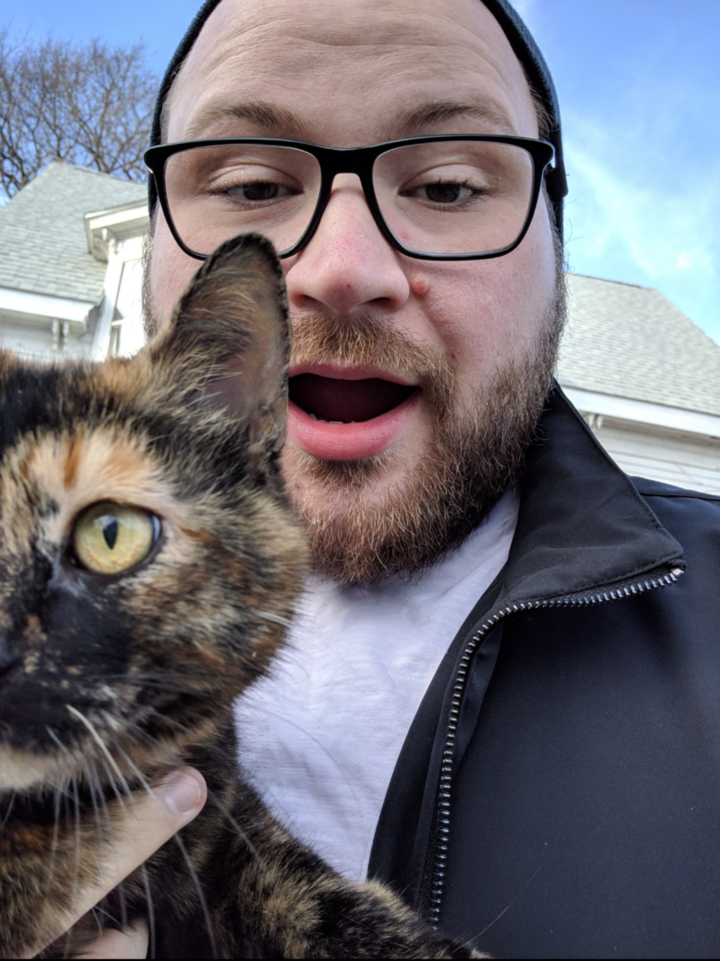
Michael Rapp is a Modern specialist who favors Thoughtseize decks. Magic sates his desire for competition and constant improvement.

